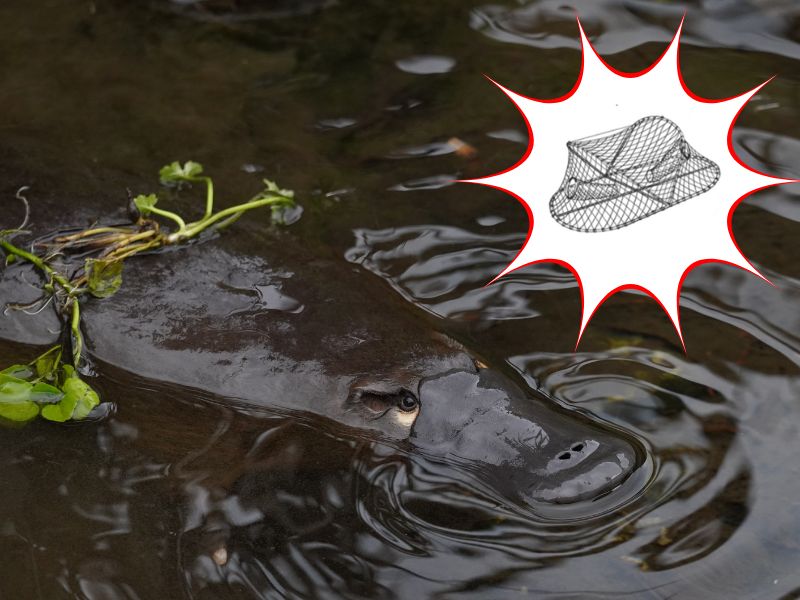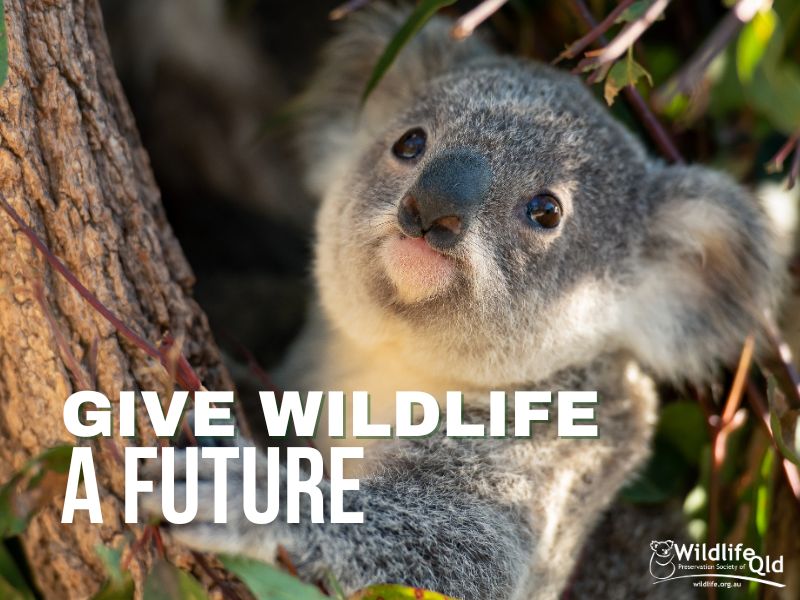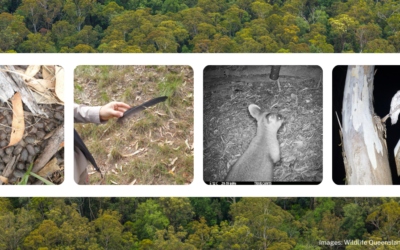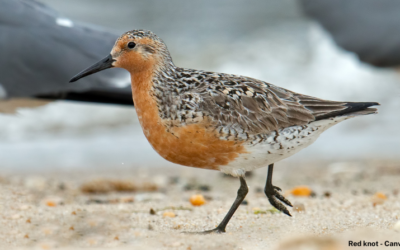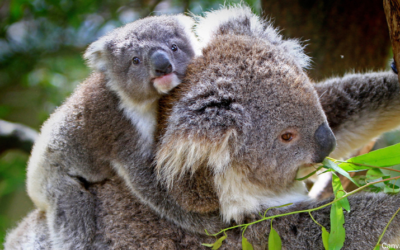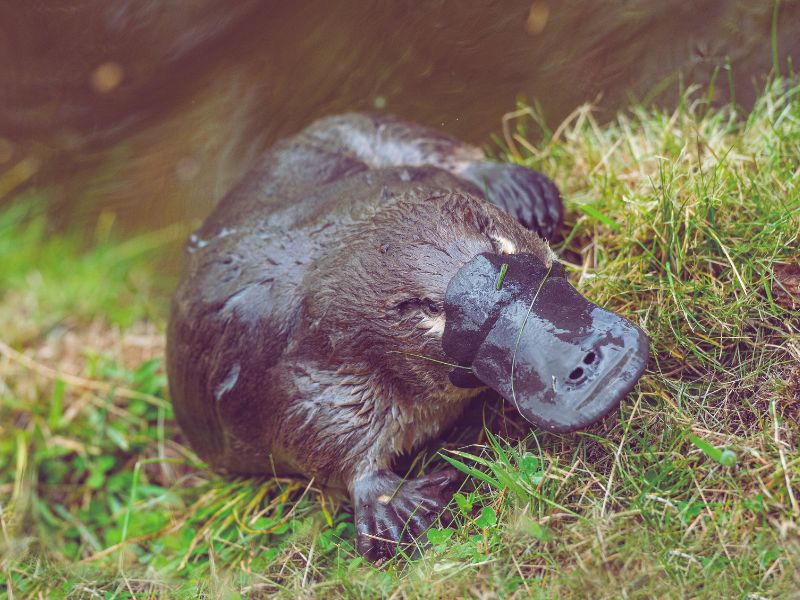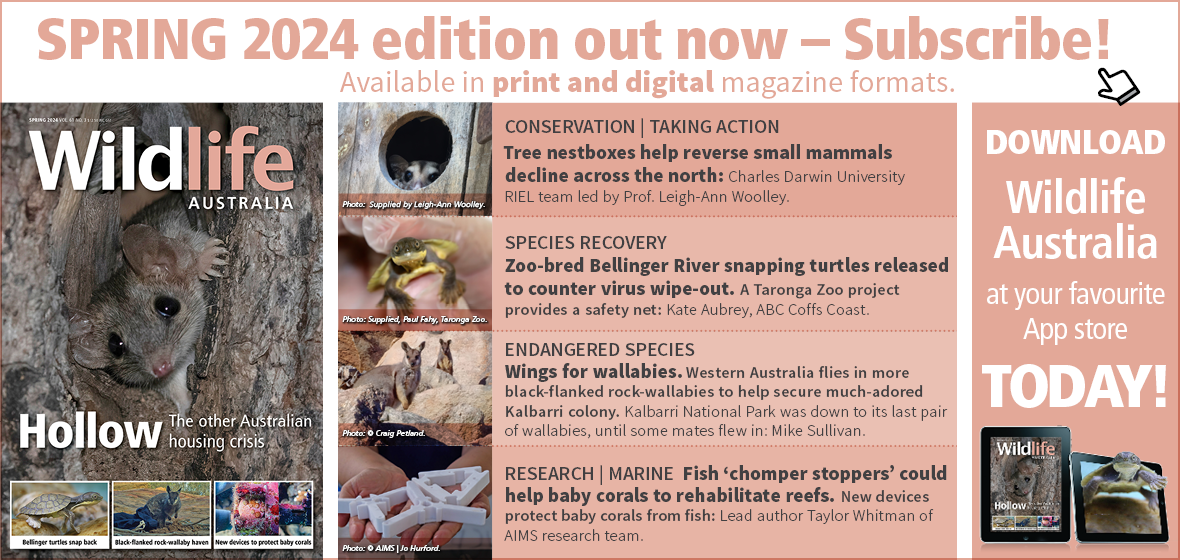Your voice for
your wildlife
© Canva NFP
Wildlife Preservation Society of Queensland (Wildlife Queensland) is the longest-running wildlife conservation organisation in Queensland. For more than 60 years we’ve worked to protect and conserve at-risk species and habitats, advocating for better environmental policy, delivering vital on-ground conservation programs, and raising awareness of wildlife conservation issues through education and community engagement.
Ban enclosed yabby traps in Queensland now!
Enclosed yabby traps (opera house nets) continue to cause the drowning deaths of our native aquatic wildlife, including platypus, rakali and turtles. The current regulations are insufficient and confusing, as evidenced by illegal usage and disregard for the law.
Following the lead of other states in banning these traps in all waters, Wildlife Queensland calls for a comprehensive ban on the sale, possession and use of enclosed yabby traps in Queensland.
Celebrating our older supporters this Seniors Month!
This October, we’re celebrating the incredible contributions of our older supporters! From volunteers to community leaders, your dedication safeguards Queensland’s precious wildlife and habitats.
Discover how your contribution to Wildlife Queensland can leave a lasting legacy.
Latest news
Quoll surveys and post-bushfire recovery in Queensland National Parks
Wildlife Queensland project officers are busy monitoring threatened species across several projects, from camera trap surveys in the Sunshine Coast to assessing the recovery of wildlife impacted by the Black Summer bushfires.
The looming threat of H5N1 bird flu: How we can protect Queensland’s wildlife
As migratory birds arrive in Australia this spring, they may bring a deadly virus—avian influenza H5N1. While Australia remains free from this highly pathogenic strain, the arrival of infected birds is a real possibility. Here’s what you need to know and how you can help protect our unique species from this threat.
Wildlife Protectors impact Wildlife Queensland’s goals
Last month, Wildlife Queensland reached out to our most passionate supporters, asking you to consider joining our Wildlife Protector monthly giving program. The response was heartening, and we want to extend our deepest thanks to all who have already committed to safeguarding Queensland’s threatened species.
How we work
Protecting wildlife
Protecting and connecting threatened species through our innovative surveying and monitoring programs and key habitat restoration projects.
influencing choices
Cooperating with local & state governments and conservation groups to develop policies & campaigns that protect our state’s natural heritage.
engaging communities
Educating and engaging people and communities, the foundation of our Society, to inspire change and achieve positive conservation outcomes.
Species spotlight: Platypus
The aquatic, egg-laying platypus is one of Australia’s most bizarre and iconic mammals. Unfortunately, its habitat in Queensland has shrunk by 27 per cent over 30 years, and its numbers are declining.
Platypus populations occur throughout Tasmania and up the east coast of Victoria, New South Wales, and Queensland as far as Cooktown. The platypus is now extinct in South Australia though Kangaroo Island has an introduced population.
Give today

